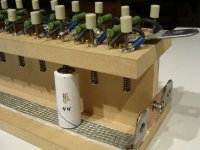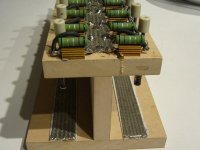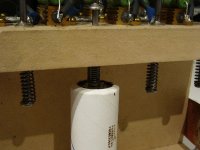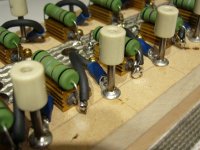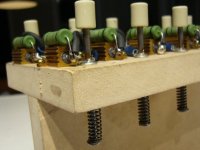Hi Doc
Yes my pigtails from hobby city were bad as well, I changed them for some off ebay that were much better, the hobby city ones are using fake JST connectors thats the problem, I have some real JST ones and they are 100% better, I still want rid of them anyway as they are a constant source of problems.
From what i can gather it is better to charge the Lipo cells up to 4.1V whether you are bulk charging or balancing, there is evidence from motor manufacturers that are testing Lipo cells that this can help increase cycle life by quite a bit, couple this with keeping the depth of discharge above 40% which I do anyway should really help the packs last a long time, my packs operating in parallel mean that they never see more than 15A discharge on each pack or 3C this has to help the pack as it is rated up to a max of 25C I think they will fall apart first before they stop working :lol: I am hoping for long life with them however it isnt going to break me if they only last a year either 8) I use them every day, just amazing amazing batteries.
I think they will fall apart first before they stop working :lol: I am hoping for long life with them however it isnt going to break me if they only last a year either 8) I use them every day, just amazing amazing batteries.
Please show us more video of your amazing bike when you get time Doc!!
Knoxie
Yes my pigtails from hobby city were bad as well, I changed them for some off ebay that were much better, the hobby city ones are using fake JST connectors thats the problem, I have some real JST ones and they are 100% better, I still want rid of them anyway as they are a constant source of problems.
From what i can gather it is better to charge the Lipo cells up to 4.1V whether you are bulk charging or balancing, there is evidence from motor manufacturers that are testing Lipo cells that this can help increase cycle life by quite a bit, couple this with keeping the depth of discharge above 40% which I do anyway should really help the packs last a long time, my packs operating in parallel mean that they never see more than 15A discharge on each pack or 3C this has to help the pack as it is rated up to a max of 25C
Please show us more video of your amazing bike when you get time Doc!!
Knoxie


